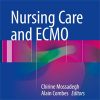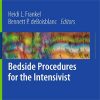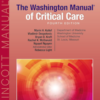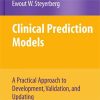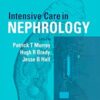Shedding Light on a Hidden Source of Septic Shock with POCUS
pocusjournal.comSeptic shock has a high mortality rate, estimated to be higher than 40% [1], increasing as time passes without appropriate treatment. Hence, correct diagnosis of the cause of sepsis is essential to provide correct antibiotic coverage and, if necessary, drainage or removal of the infectious source. However, patients with septic shock are, by definition, hemodynamically unstable, hence it is reasonable that attempts at transportation of these patients for diagnostic tests should be keep at a minimum.
Pyogenic liver abscess is an uncommon entity in Western countries, yet clearly shows the need of quickly pinpointing the source of a septic shock, as it historically carried a high mortality rate, that is currently at 6.3% due to the generalized use of computed tomography and ultrasound.
There is usually a delay of 1 week between onset of symptoms and diagnosis, as most of them are non-specific and there are multiple occult sources of infection, such as diverticulitis.


